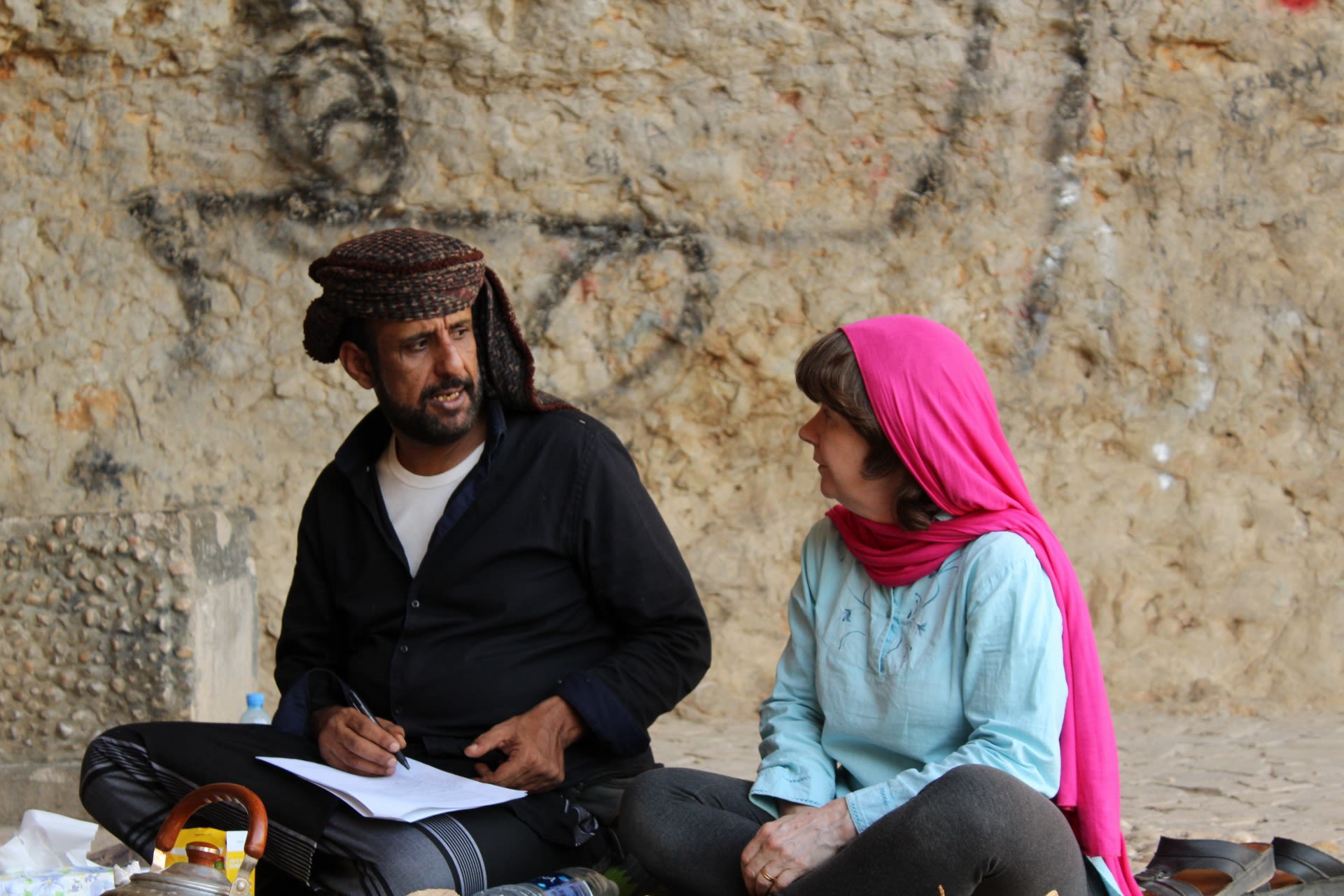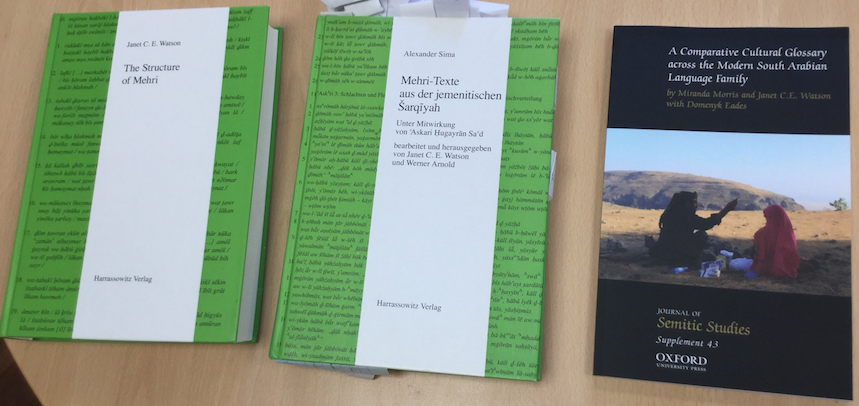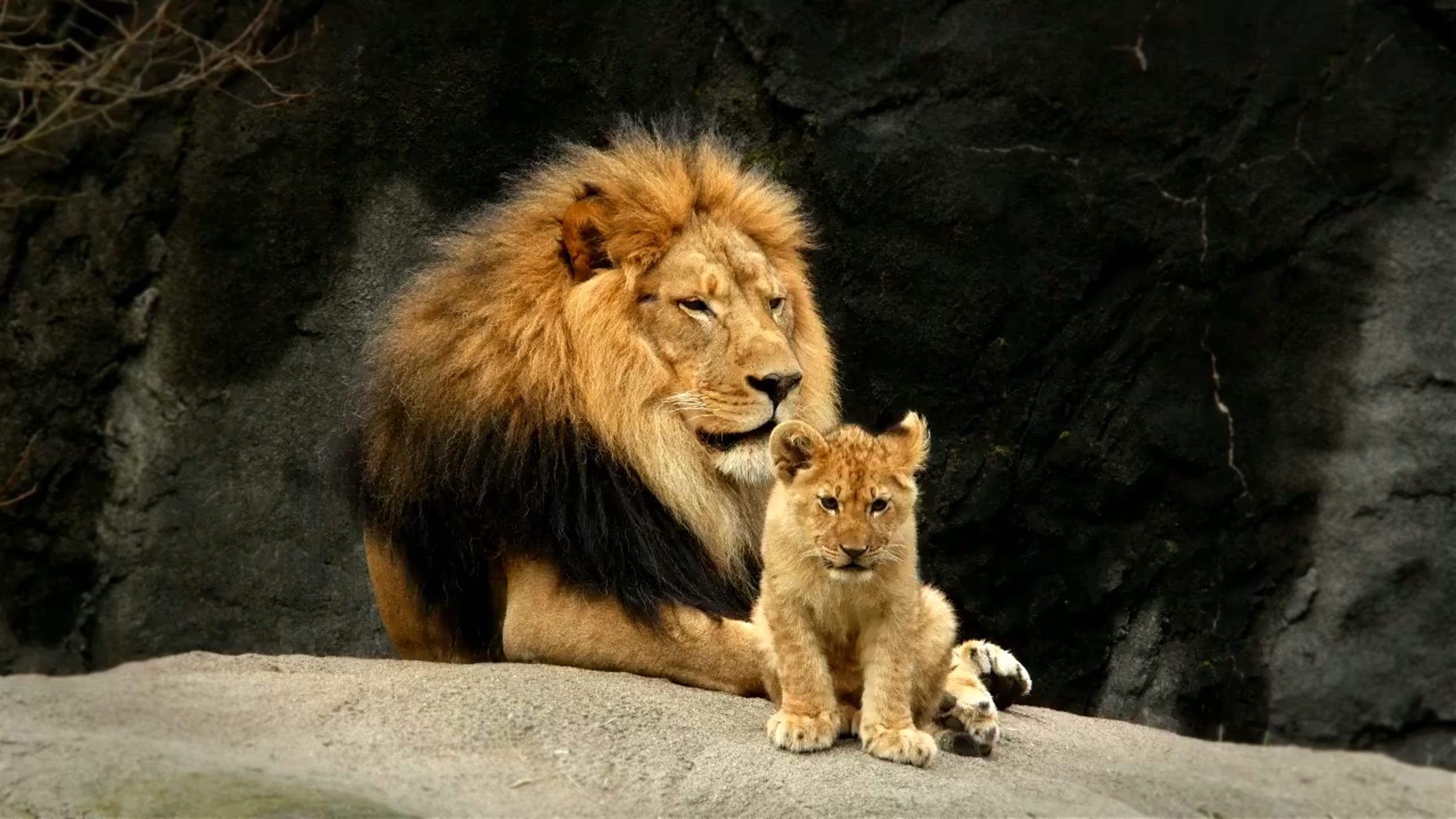The British woman preserving the endangered languages of Southern Arabia

Many people don’t know that there are lots of languages spoken in Oman. One of these languages is Mehri which is spoken in the south of the Arabian Peninsula, otherwise known as Modern South Arabian. The other members of this language family are Śḥerɛ̄t, Ḥarsūsi, Hobyōt, Baṭḥari and Soqotri. Traditionally, speakers of Modern South Arabian Languages (MSAL) were multilingual, and today speakers of one MSAL typically understand other MSALs with which they come into regular language contact. Today, the majority of younger MSAL speakers are also bilingual in Arabic. Of the MSAL, Mehri has the largest number of speakers, and has communities in Dhofar in Southern Oman, in the eastern province of Yemen, Al-Mahrah, and in parts of southern and eastern Saudi Arabia. There are also migrant Mehri communities in parts of the Gulf and in East Africa.

Some words in Mehri language with translation to English
One of my Mehri friends told me of a British woman who can speak Mehri and other endangered, unwritten languages of Dhofar and Yemen. She has created a writing system for them and learnt to write using this very same system. After speaking to my friend and asking him for her phone number I promised myself that I will not depart London until I’ve met her to find out her story. Following our phone call we came to a mutual agreement that I would travel to Leeds in the north of England to meet her.
Professor Janet Watson, the Mahrah know her as Bert Peter ‘the daughter of Peter’ was born in Leeds in 1959. She studied Arabic and Islamic Studies at the University of Exeter and then studied Linguistics at the University of London where she also completed her doctorate. For her doctorate she studied the Arabic dialects of Yemen spoken in the mountains of North Yemen. These dialects are like Mehri because they have a -k in the past verb for ‘I’ and ‘you’. For example, katubk ‘I wrote’ and katabk ‘you wrote’. Professor Janet lived in Yemen for more than one year, and visited and lived with people in the mountains.
It was whilst working in Germany that she met Alexander Sima from Austria who was writing a book about the Mehri language and had recorded many people speaking in Mehri in Yemen. Tragically he was killed in a car accident in Yemen before he had finished his book. Professor Janet and colleague Professor Werner Arnold from Heidelberg were determined to finish it. Professor Janet listened to the recordings and read the translations of the recordings. She went to al-Mahrah in Yemen for 6 weeks in 2008, and stayed with Askari Hugayran, who had worked with Alexander in Germany and in Yemen. Janet learnt to speak Mehri and finished the book of texts with Professor Werner in 2009.
I like Mehri and I want to learn more.
She tried to return later to Yemen to write a book about the grammar of Mehri, but she could not get permission for the research. Mehri speaker "Saeed al-Mahri" wrote to her from Salalah in Oman to thank her for her work on Mehri and agreed to help her with the book. She went to Salalah in 2009 and six more visits followed. In 2012, she finished a book on the grammar of Mehri called The Structure of Mehri.



Professor Janet Watson "Bert Peter" reading one page from her a book about the grammar of Mehri called The Structure of Mehri.
Professor Janet moved to work at the University of Leeds in 2013 as Chair of Languages but "Bert Peter" could not forget Mehri. She kept writing to the Mehri people she knew and began to work on the sounds of Mehri. She is using special instruments to investigate where in the mouth people produce consonants and how the vocal cords vibrate when they speak. She also led a project to record the other languages similar to Mehri – Shehret, Hobyot, Harsusi and Bathari. She worked with Miranda Morris, who had been in Dhofar, south of Oman from 1976, and with Domenyk Eades. Miranda Morris worked on Bathari and Hobyot. Professor Janet worked on Mehri and Shehret. Domenyk Eades worked on Harsusi. Between them they have recorded more than 220 hours of sound recordings and more than 15 hours of video recordings.
She hopes her work will help preserve the Mehri language and enable non-speakers to understand it.

